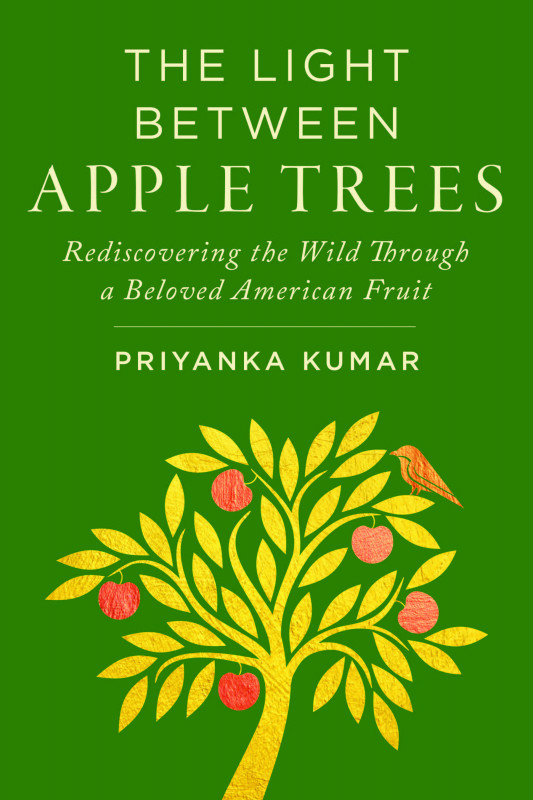It is perhaps not surprising that, since its infancy, America has loved apples. There’s something sturdy about the apple, a fruit that thrives in temperate regions and is reminiscent of a tart-and-sweet grandma. One might fall on occasion for the sublime peach or the succulent fig, but one unfailingly returns to the bread-and-butter apple. America’s love affair with apples can be parsed into roughly three phases.
The first phase begins with early apple plantings by settlers and Spanish and French colonialists in the 1600s and 1700s. The next phase brought the impassioned efforts of visionaries such as John Chapman (a.k.a. Johnny Appleseed) and Jean-Baptiste Lamy in the first three quarters of the 1800s. A third phase of American apple infatuation began when white settlers dreamed big about apple orchards, capping what the National Park Service calls the “golden age of fruit growing in the 19th century,” as Susan Dolan writes in Fruitful Legacy. According to the US Department of the Interior, by the end of the 1870s, commercial and fruit orchards could be found throughout the forty-eight contiguous states. These commercial orchards, some of them passion projects, would later give way to industrialized orchards—the fourth phase we now find ourselves in.
While the Spanish brought apple seeds to the western US by way of Mexico, settlers from countries such as England and Ireland also travelled to their new home with apple seeds. By 1623, they were growing seedling orchards in New England, primarily for cider. Intriguingly, a Jamestown resident named Ralph Hamor mentioned an orchard there as early as 1615. Sir Thomas Gates had built his residence next to the governor’s mansion, and Hamor writes that “many forward apple & Pear trees come up, of the kernels set there the yeere before” in Gates’s garden.
American apple culture was taking root, and “as American as apple pie” would go on to become a time-honoured phrase (although the original recipe came from Britain). During the domestication of the apple from its Malus sieversii progenitor and through its hybridization, the apple has been under continuous selection for fruit size, flavour, resistance to disease, keeping quality, firmness, and sweetness. The migration of the apple to America added a new chapter in its domestication, with many American cultivars believed to have arisen from chance seedlings (a rare event when a superior apple variety sprouts from seed). Settler orchards became excellent labs for new varieties and introduced fresh genetic diversity to a genetic pool that is otherwise generally frozen when the propagation of cultivars happens solely through grafting.
